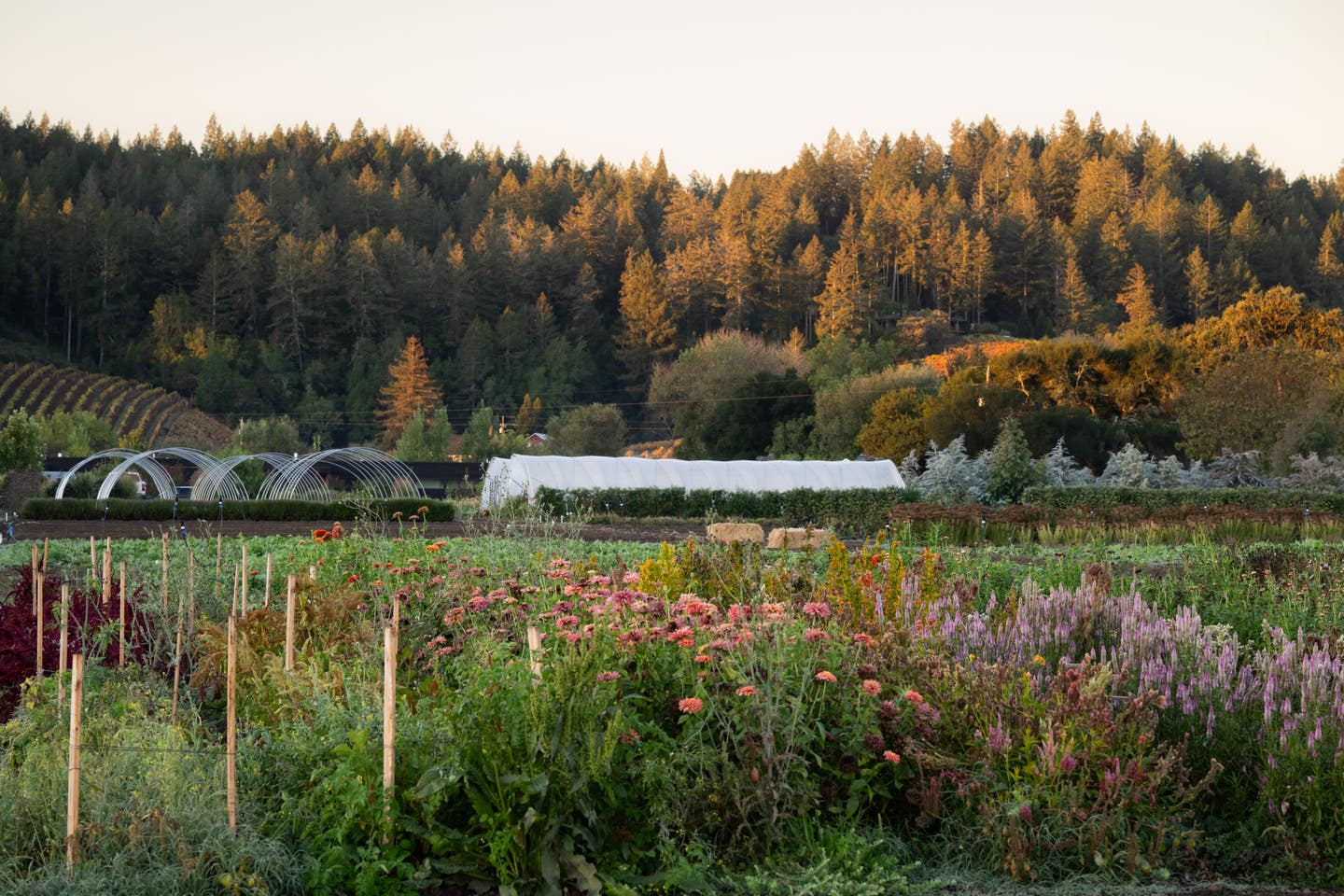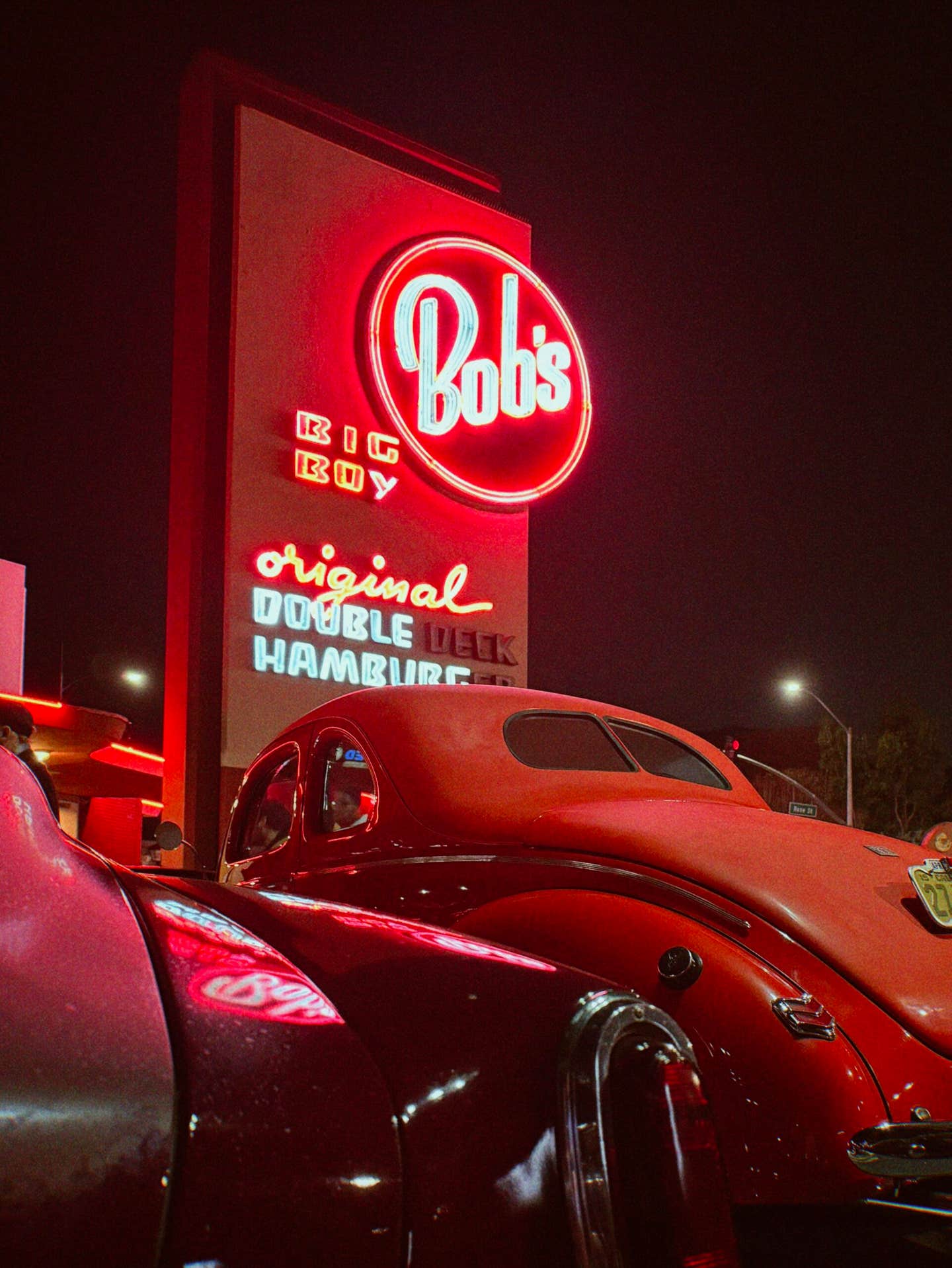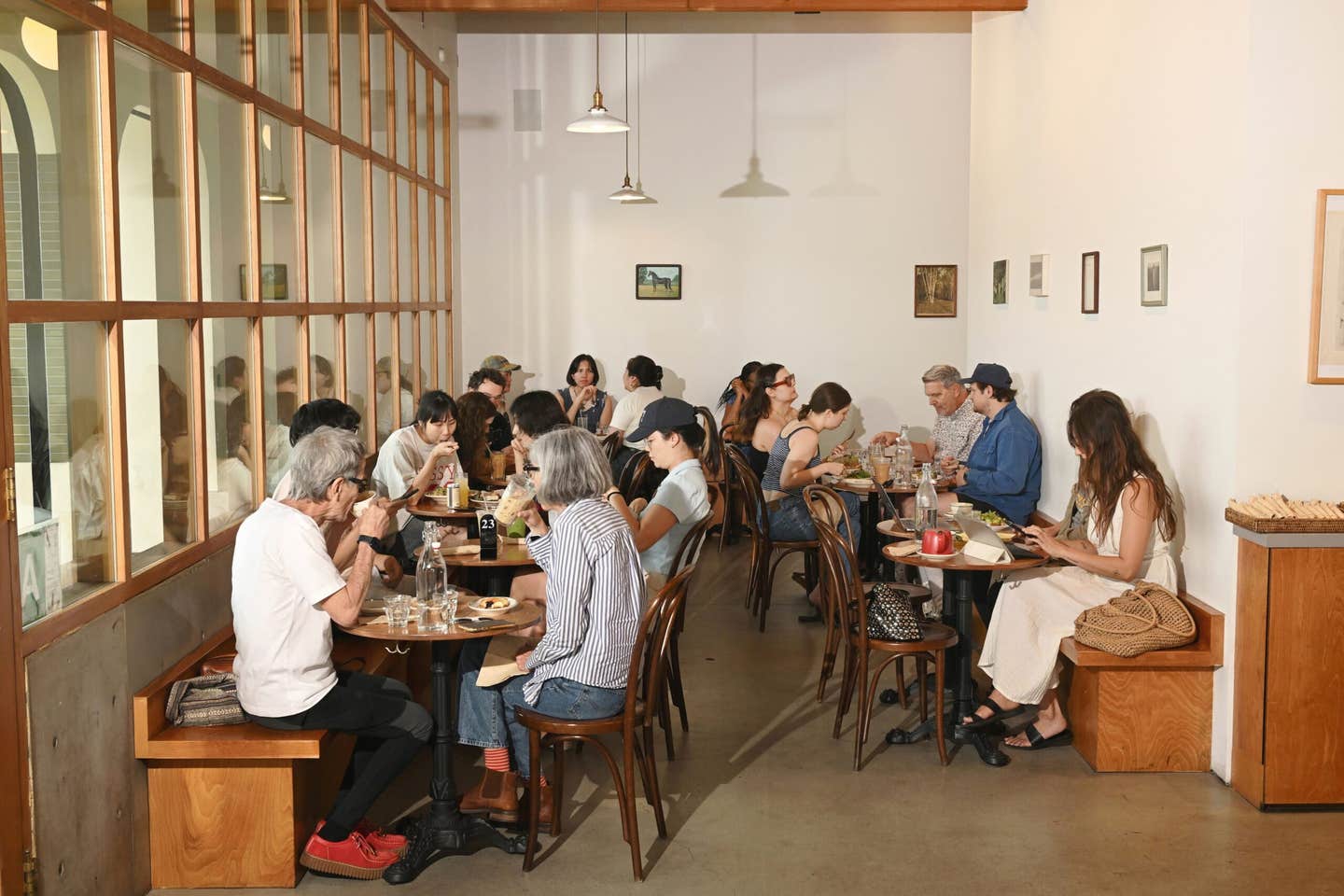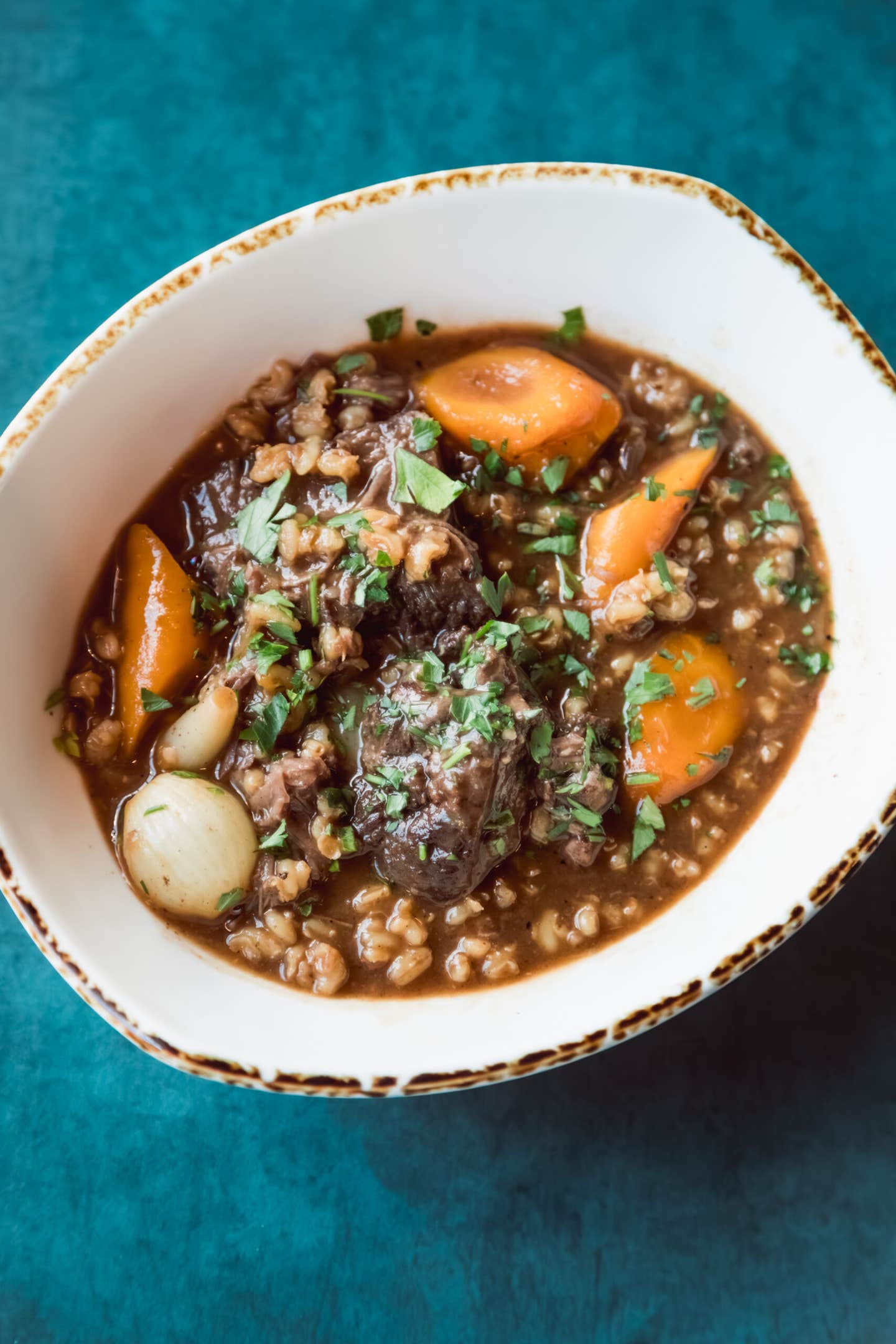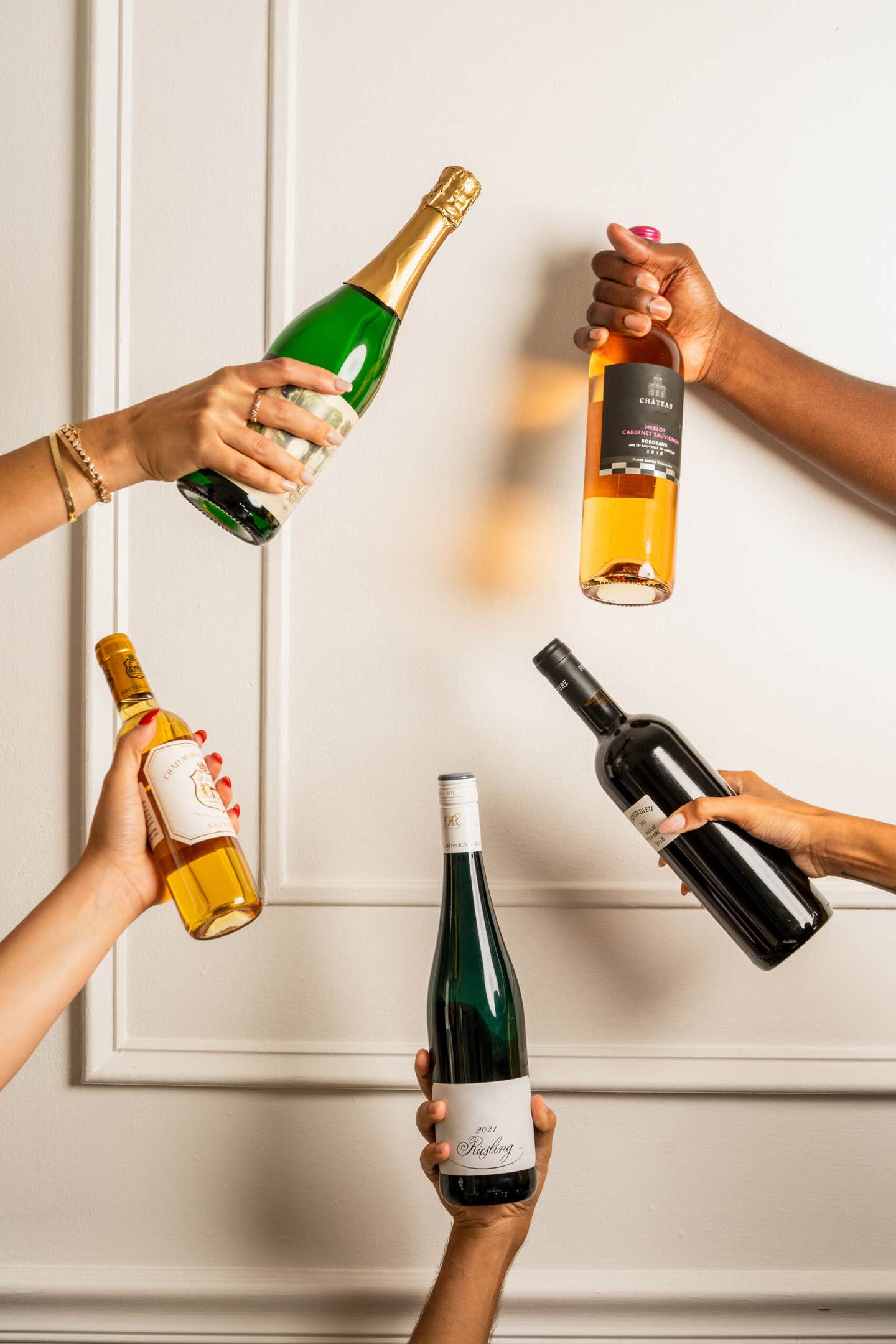But What Exactly is Bean to Bar? Letterpress Chocolate Has the Scoop
David Minke started out as a visual effects artist for Disney, his wife, an ecologist—specialty: bats. “We called her the bat girl,” David said. This was before they went to St Lucia on vacation and found themselves on the Rabot Estate, one of the oldest chocolate plantations in the world.
David Menkes started out as a visual effects artist for DreamWorks Animation, his wife, an ecologist—specialty: bats.
“We called her the bat girl,” David said.
This was before they went to St Lucia on vacation and found themselves on the Rabot Estate, one of the oldest chocolate plantations in the world. Like many other chocolate regions, the soil there is rich, volcanic, high altitude and, with its rainforest climate, perfect for growing cacao.
The two were transfixed by the process of growing and fermenting. For months after they came back to LA, they made late night runs for artisanal chocolate bars, which basically blew their minds.
“We’d never tasted anything like it,” Dave says, “And then we noticed we liked some more than others.”
Before long, his desk at DreamWorks became all about chocolate, which made him a lot of new friends. Dave tasted so many different bars, no, held chocolate tastings, that HR told him he’d have to confine things to his lunch break because it was too distracting. No surprise there. Chocolate is distracting. Chocolate is bewitching. Chocolate prevents people from doing their work. Pretty soon Dave started messing around with chocolate-making with Corey and then bringing in his own bars.
“They were terrible,” he says.
But the DreamWorks Chocolate Society he founded also happened to be the perfect arena for a pair of budding chocolate-makers. It met once a week to do a blind tasting of six different chocolate bars with a reveal of the makers at the end. Before long, Dave and Corey were sneaking in their own bars and, by the time everyone kept asking for them, the couple found a shared kitchen to convert down the block in South Robertson. When they were docents at the International Printing Museum in Carson, it struck them that making chocolate and printing were both machine-assisted handcrafted arts, and the name Letterpress came to them. A 1921 airmail stamp was the inspiration for their logo, and they traded chocolate with George Bush from A & G Engraving for their copper and magnesium plates. From the first, they knew they would go out of their way to make relationships with cacao farms all over the world, compensating them way over fair market value for their beans.
Chocolate and chocolate-making is an interesting thing. It breeds people who care deeply, even obsessively, about every detail of how the cacao seed becomes that bar in your hand, the one with a silky mouthfeel and perfect snap.
But what does bean to bar really mean?
Cacao pods start out yellow, red and green on the trunk of the diminutive Theobroma tree. The trees themselves are finicky, needing a combo of sunshine and shade, as well as protection from winds, pests and diseases like Witches’ Broom fungus, which wiped out the world cacao capital, Bahia, and its 45 million trees in the late 1980s. Cuttings of the best trees are often grafted onto those with the strongest roots. Most pollinated flowers develop into tiny pods called cherelles, but the tree will only sustain as many pods as it can nourish (one cacao tree can grow as many as 120,000 flowers a year!)
After the pods are harvested and left to rest, they’re split in two to give up their beans which, along with the pulp, are fermented on site or in a local fermentary. The cacao farmers put the beans into shallow boxes, and then let the sun and bacteria go to work. The seeds are where you get all those fancy tasting notes—the cherries and plums and tropical fruits, the vanilla and whiskey and smoke.
After the fermentation and drying, almost all of the time, the beans are packed into 150 pound sacks and loaded into 40 foot long containers that hold 26 metric tons. Each shipment is divvied up among different bean-to-bar chocolate makers in something called collaborative shipping, Corey and Dave then sort and clean the beans, which also doesn’t happen in industrial chocolate as—get ready—the FDA allows up to 11 insect parts per 100 grams.
The beans are cleaned, then roasted and sorted to separate the shells from the nibs, the heart of chocolate. Letterpress has two grinders inhouse, sweetly named “Magnus” (powerhouse in Old Norse), and “Mildred,” (Old English for strength). Magnus and Mildred crush the nibs, separating out their 50% cocoa butter from their 50% cacao solids. Dave tells me that this is another diverging point between Letterpress and industrial chocolate like Hershey’s. Not only does Hershey’s start with bulk commodity cacao, but they also remove the expensive cocoa butter and replace it with substitutes, such as vegetable shortening. A typical bar of industrial chocolate has about 10% cacao, while Dave and Corey’s have 70%.
After the initial grinding phase, Letterpress’ chocolate is conched, or heated to volatize certain compounds, sugar is added, then back to the grinder for two to three days. The chocolate is then chilled overnight and aged for at least a month. When the chocolate is ready, it’s melted and poured into a tempering machine which crystallizes the cocoa butter for that snap we all like, and that satiny-sheen. So there you have it, bean—to—bar. Start with the beans, finish with the bars.
But chocolate is political. In an age when photos of happy farmers are on many of the bean-to-bar artisan labels, it can be murky that the quality of the chocolate is not made in the making, but in that 80% of the flavor that lives in the beans. In other words, it’s not the white woman in Brooklyn (or the white couple in Hollywood) who should be making the profits, but the farmers themselves who, if not reaping the benefits, should at least be getting their fair shake. Letterpress is one of a number of passionate chocolate-makers that prioritizes their relationships with cacao growers all over the world.
Dave and Corey source beans from the Cacao Belt, 20 degrees north and south of the equator, places like Belize, Tanzania, Ecuador, Jamaica, Costa Rica, and Ghana. Their closest relationship is with Ucayali River Cacao outside Pucallpa in Northeastern Peru. Ucayali River buys comun cacao and other varietals from almost 400 cacao farmers in the area, then ferments it in wooden boxes before sun-drying the beans.
Through Letterpress, the farm has also partnered with USAID and Alianza Cacao Peru to give local farmers an alternative to heavily narco-trafficked cocaine. Cocaine is extracted from the leaves of the coca plant, not the cacao tree, but their payment is illegal and in risky cash.
Artisanal chocolate makers talk a lot about Direct Trade as opposed to Fair Trade as opposed to the International Commodities price. The idea is that, with Direct Trade, there’s no middle man, and so the farmers get more. The International Commodities price for cacao is around $2500 a metric ton, the Fair Trade price is that plus a 10% premium. The Direct Trade price that Dave and Corey pay is a lot more, anywhere from an astrounding $8,000 to $17,000 for a limited edition ton. To some extent this is passed along to the consumer; Letterpress bars are $18, though the difference between their chocolate and, say, mass-produced Mars is like the difference between suntan lotion and a fine wine with its own terroir.
At the end of my eye-opening tour of Letterpress’ chocolate factory, I brought home a selection, and laid them out on the kitchen table for my partner and myself. Though I struggled a bit to isolate the tasting notes listed on the bars, the difference between them and their complexity was astounding. The Jamaican bar, made with Desmond Jadusingh’s Bachelor’s Hall cacao, tasted faintly of starfruit, mocha and spice. The Tranquilidad bar from Bolivia, of buttercream and espresso. The Ucayali, of mocha, star anise, pepper and cedar. Every label had a description of the farm, the fermenting process, and flavor profile to look for. It made me think of chocolate in a whole different way and, appropriately, put the emphasis on the growers. This past July, at the The Academy of Chocolate, basically chocolate’s Academy Awards, their single origin bars beat out every other US chocolate company, sweeping nine Gold and Silver awards, and they’re right down the street.
After the initial grinding phase, Letterpress’ chocolate is conched, or heated to volatize certain compounds, sugar is added, then back to the grinder for two to three days before any stones and twigs are strained out. The chocolate is then chilled overnight and aged for at least a month. When the chocolate is ready, it’s melted and poured into a tempering machine which crystallizes the cocoa butter for that snap we all like, and that satiny-sheen. So there you have it, bean—to—bar. Start with the beans, finish with the bars.
But chocolate is political. In an age when photos of happy farmers are on many of the bean-to-bar artisan labels, it can be murky that the quality of the chocolate is not made in the making, but in that 80% of the flavor that lives in the beans. In other words, it’s not the white woman in Brooklyn (or the white couple in Hollywood) who should be making the profits, but the farmers themselves who, if not reaping the benefits, should at least be getting their fair shake. Letterpress is one of a number of passionate chocolate-makers that prioritizes their relationships with cacao growers all over the world.
Dave and Corey source beans from the Cacao Belt, 20 degrees north and south of the equator, places like Belize, Tanzania, Ecuador, Jamaica, Costa Rica, and Ghana. Their closest relationship is with Ucayali River Cacao outside Pucallpa in Northeastern Peru. Ucayali River buys comun cacao from almost 400 cacao farmers in the area, then ferments it in wooden boxes before sun-drying the beans.
Through Letterpress, the farm has also partnered with USAID and Alianza Cacao Peru to give local farmers an alternative to heavily narco-trafficked cocaine. Cocaine is extracted from the leaves of the coca plant, not the cacao tree, but their payment is illegal and in risky cash.
Artisanal chocolate makers talk a lot about direct trade as opposed to fair trade as opposed to the International Commodities price. The idea is that, with direct trade, there’s no middle man, and so the farmers get more. The International Commodities price for cacao is around $2500 a metric ton, the fair trade price is that plus a 10% premium. The direct trade price that Dave and Corey pay is a lot more, anywhere from an astounding $8,000 to $17,000 for a limited edition ton. To some extent this is passed along to the consumer; Letterpress bars are $18, though the difference between their chocolate and, say, mass-produced Mars is like the difference between sun tan lotion and a fine wine with its own terroir.
At the end of my eye-opening tour of Letterpress’ chocolate factory, I brought home a selection, and laid them out on the kitchen table for my partner and myself. Though I struggled a bit to isolate the tasting notes listed on the bars, the difference between them and their complexity was astounding. The Jamaican bar, made with Desmond Jadusingh’s Bachelor’s Hall cacao, tasted faintly of starfruit, mocha and spice. The Tranquilidad bar from Bolivia, of buttercream and espresso. The Ucayali, of mocha, star anise, pepper and cedar. Every label had a description of the farm, the fermenting process, and flavor profile to look for. It made me think of chocolate in a whole different way and, appropriately, put the emphasis on the growers. This past July, at the The Academy of Chocolate, basically chocolate’s Academy Awards, their single origin bars beat out every other US chocolate company, sweeping nine Gold and Silver awards, and they’re right down the street.
Order your own tasting selection from Letterpress here.

